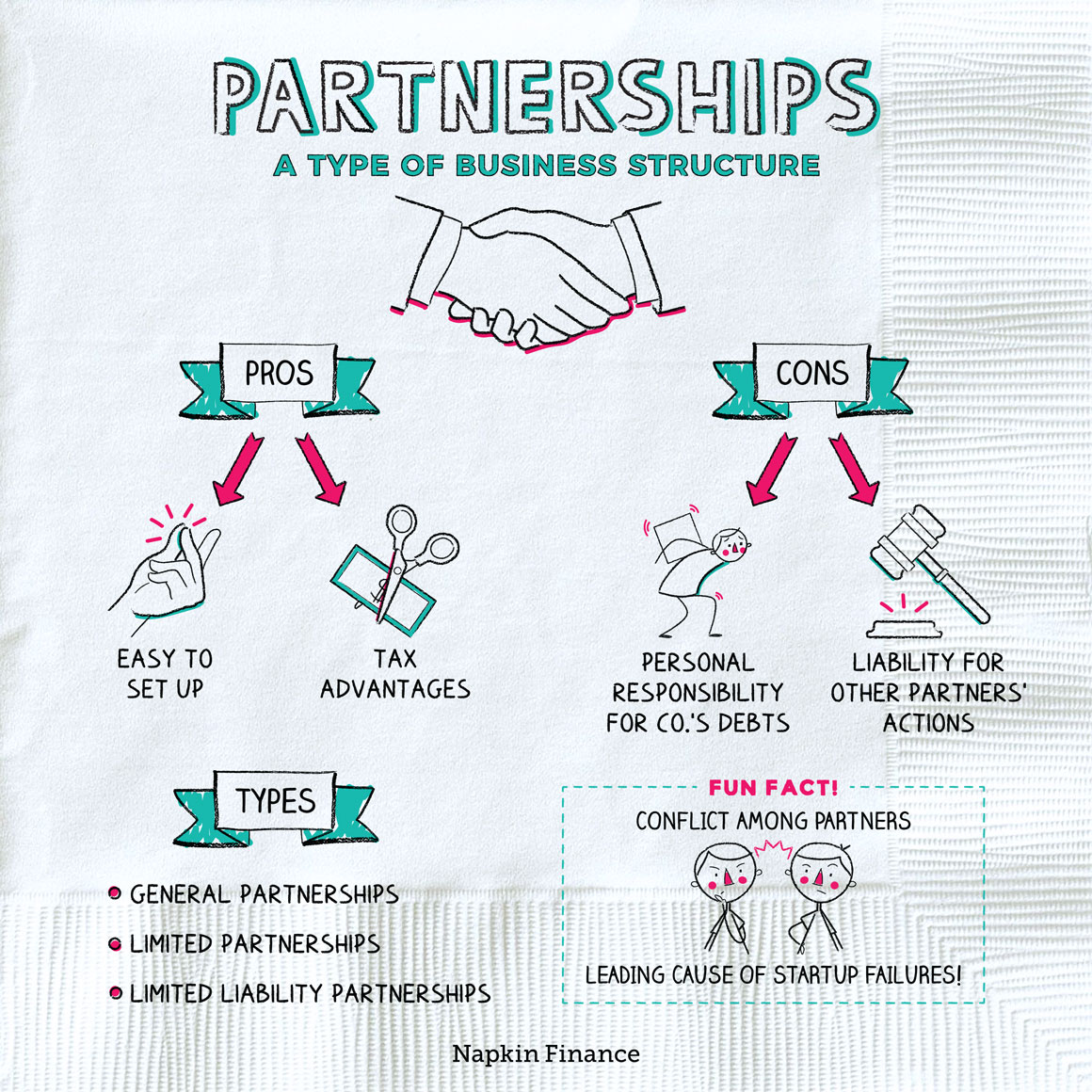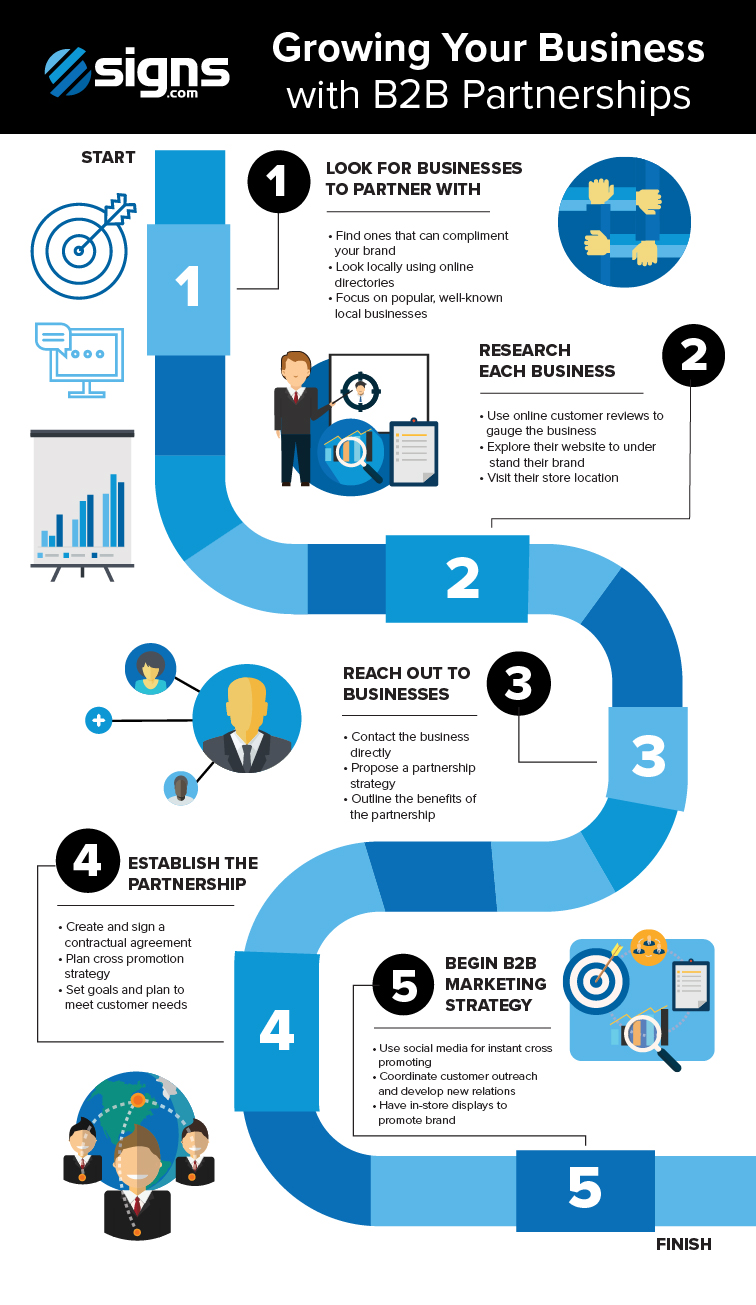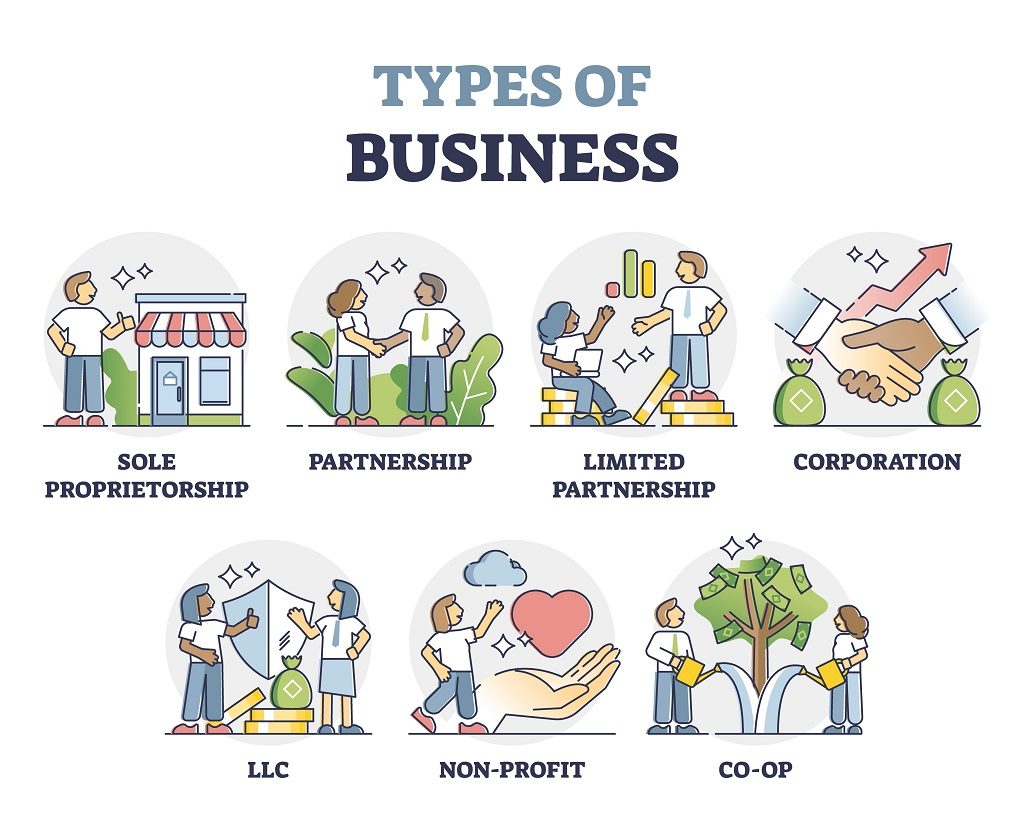How To Make Someone A Partner In Your Business

The aroma of freshly brewed coffee mingled with the scent of old paper as Sarah and Mark huddled over a worn-out chessboard, a silent battle mirroring the complex calculations swirling around their startup. Sunlight streamed through the window, illuminating stacks of reports and prototypes, a testament to their shared dream. Today, however, the game was different – a move that could redefine their company's future.
The journey of transforming an employee into a partner is a significant undertaking, a fusion of trust, legal considerations, and strategic planning. It's a decision that requires careful thought and preparation, ensuring the business and the individual are set up for continued success. Let's delve into the key steps involved in making someone a partner in your business.
Assessing the Partnership Potential
Before even considering an offer, rigorously evaluate the candidate's contributions and their long-term alignment with your vision. Consider their dedication, skills, and cultural fit within the company. Are they truly invested in the company's long-term success?
A pivotal step involves quantifying their value. What tangible impact have they had on revenue, efficiency, or innovation? Documenting these achievements provides a solid foundation for justifying the partnership offer, both internally and legally.
Understanding Legal Structures
The legal structure of your business will heavily influence how a partnership is formed. Are you a sole proprietorship, a limited liability company (LLC), or a corporation? Each structure has distinct legal and tax implications that must be considered.
Consulting with a legal professional specializing in business law is essential. They can guide you through the process of drafting a partnership agreement, ensuring it complies with all applicable regulations and protects the interests of all parties involved. This is especially important when creating a partnership from an existing business arrangement.
Negotiating the Partnership Agreement
The partnership agreement is the cornerstone of your new business relationship. It outlines the rights, responsibilities, and obligations of each partner. It is essential that all parties involved have a thorough understanding of this document.
Key elements to include are profit and loss sharing, decision-making authority, capital contributions, and exit strategies. Clearly define each partner's role and responsibilities to avoid future conflicts. Consider incorporating a dispute resolution mechanism, such as mediation or arbitration, to address any potential disagreements that may arise.
According to the U.S. Small Business Administration (SBA), a well-defined partnership agreement is crucial for preventing misunderstandings and ensuring the smooth operation of the business.
Equity and Ownership
Determining the percentage of equity each partner receives is a critical decision. This should reflect their contributions, both past and future, as well as the value they bring to the business. Consider factors such as initial investment, expertise, and the level of risk they are willing to assume.
A vesting schedule can be implemented to gradually grant ownership over time. This aligns the partner's long-term interests with the company's success and provides a safeguard against early departures. Vesting schedules are designed to protect the original owners from someone leaving early.
Financial Considerations
Tax implications are a significant aspect of forming a partnership. Consult with a tax advisor to understand the different tax obligations associated with your chosen business structure. This will also allow you to be aware of different tax deductions you can take.
Partners are typically responsible for paying self-employment taxes on their share of the business's profits. Careful financial planning is essential to minimize tax liabilities and ensure compliance with all applicable laws.
Communication and Transparency
Open and honest communication is vital throughout the entire process. Clearly articulate your expectations and address any concerns that may arise. Transparency builds trust and fosters a strong working relationship.
Regularly review the partnership agreement to ensure it still aligns with the evolving needs of the business. Adaptability is key to long-term success in a dynamic business environment.
Sarah looked up from the chessboard, a smile playing on her lips. "Ready to make a move, Mark?" she asked, extending her hand. He clasped it firmly, a shared understanding passing between them. The game had just begun, a partnership solidified not just on paper, but in shared ambition and mutual respect.








.jpg?width=893&height=600&name=Business Relationship (1).jpg)









